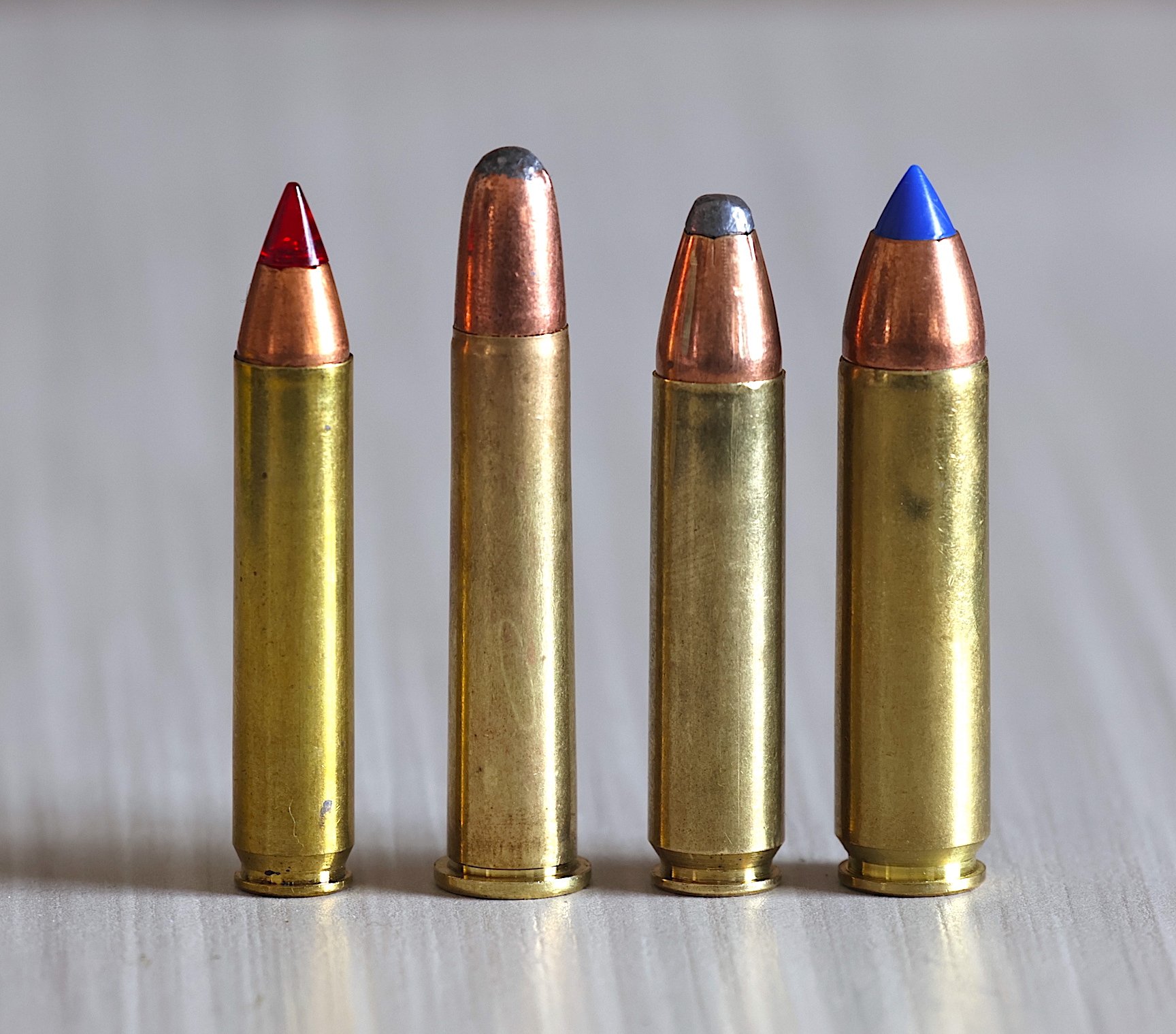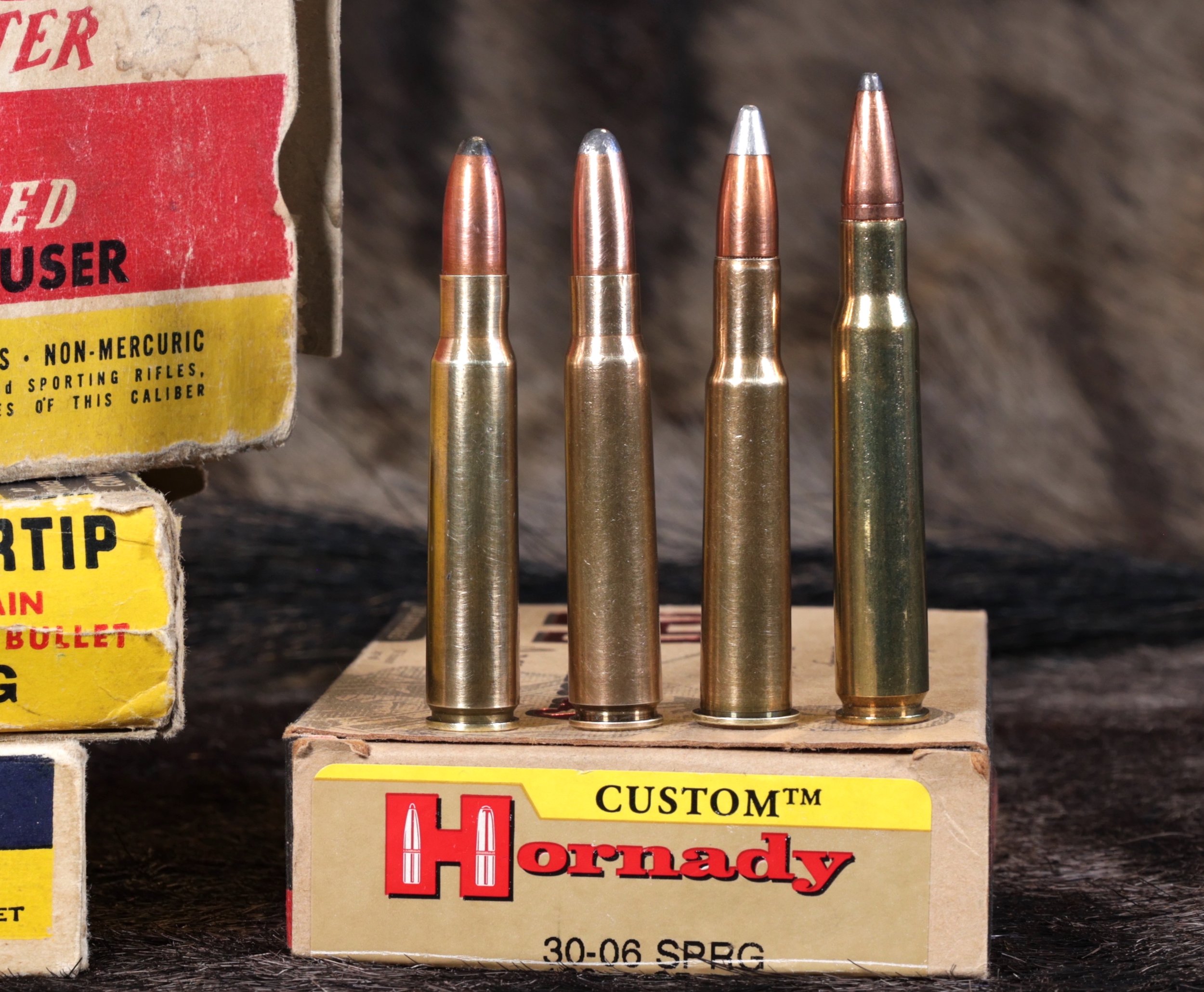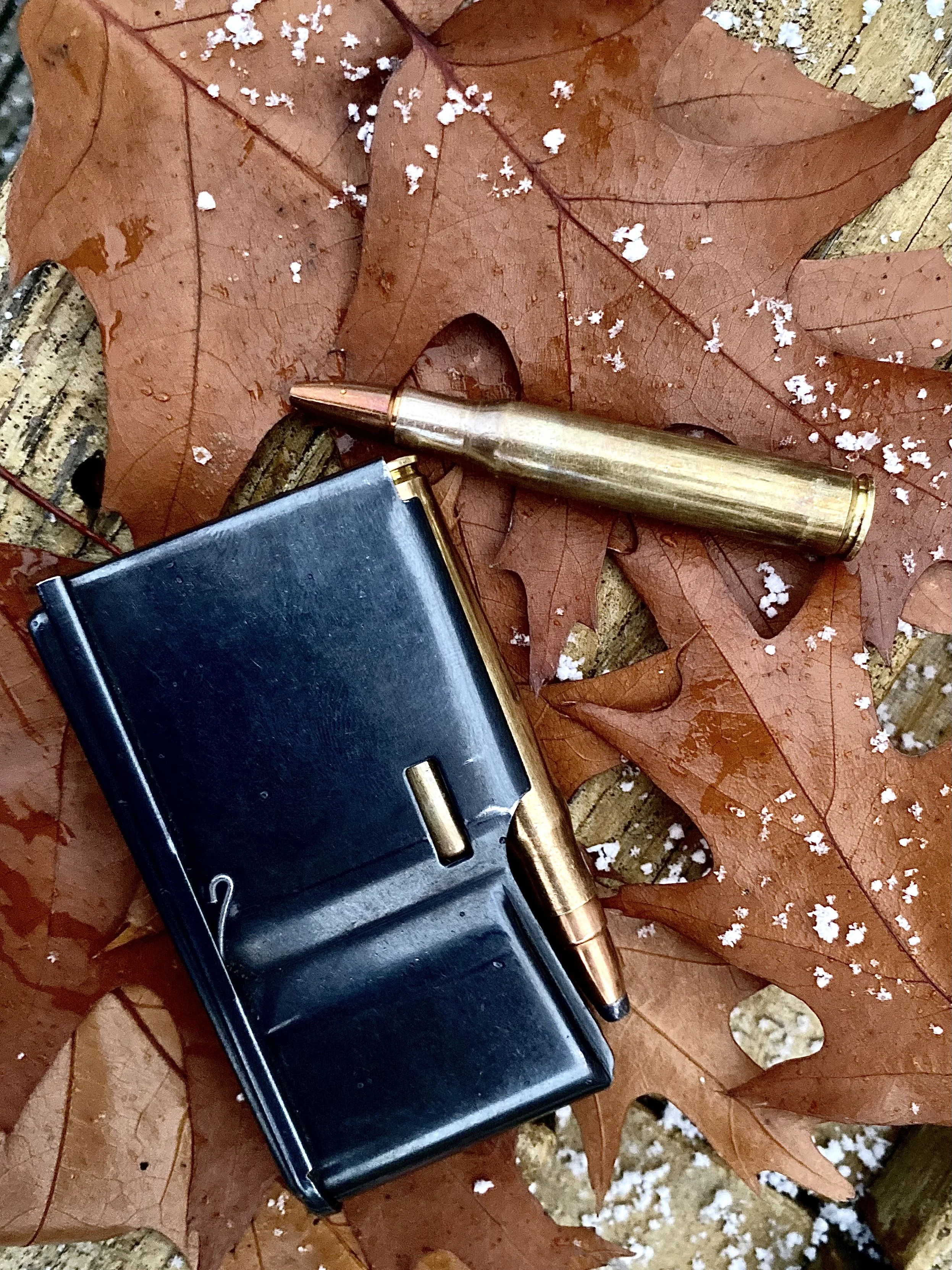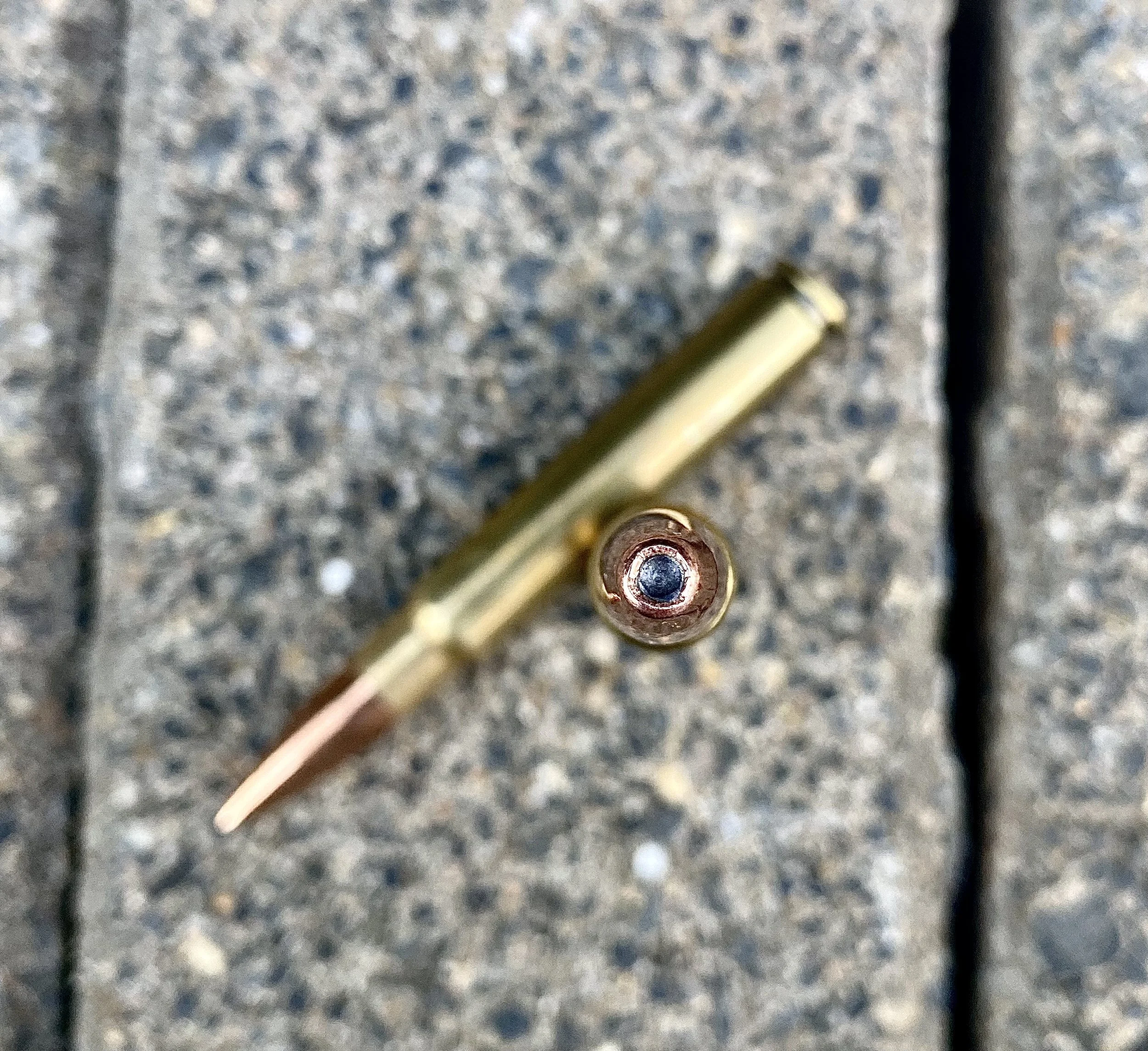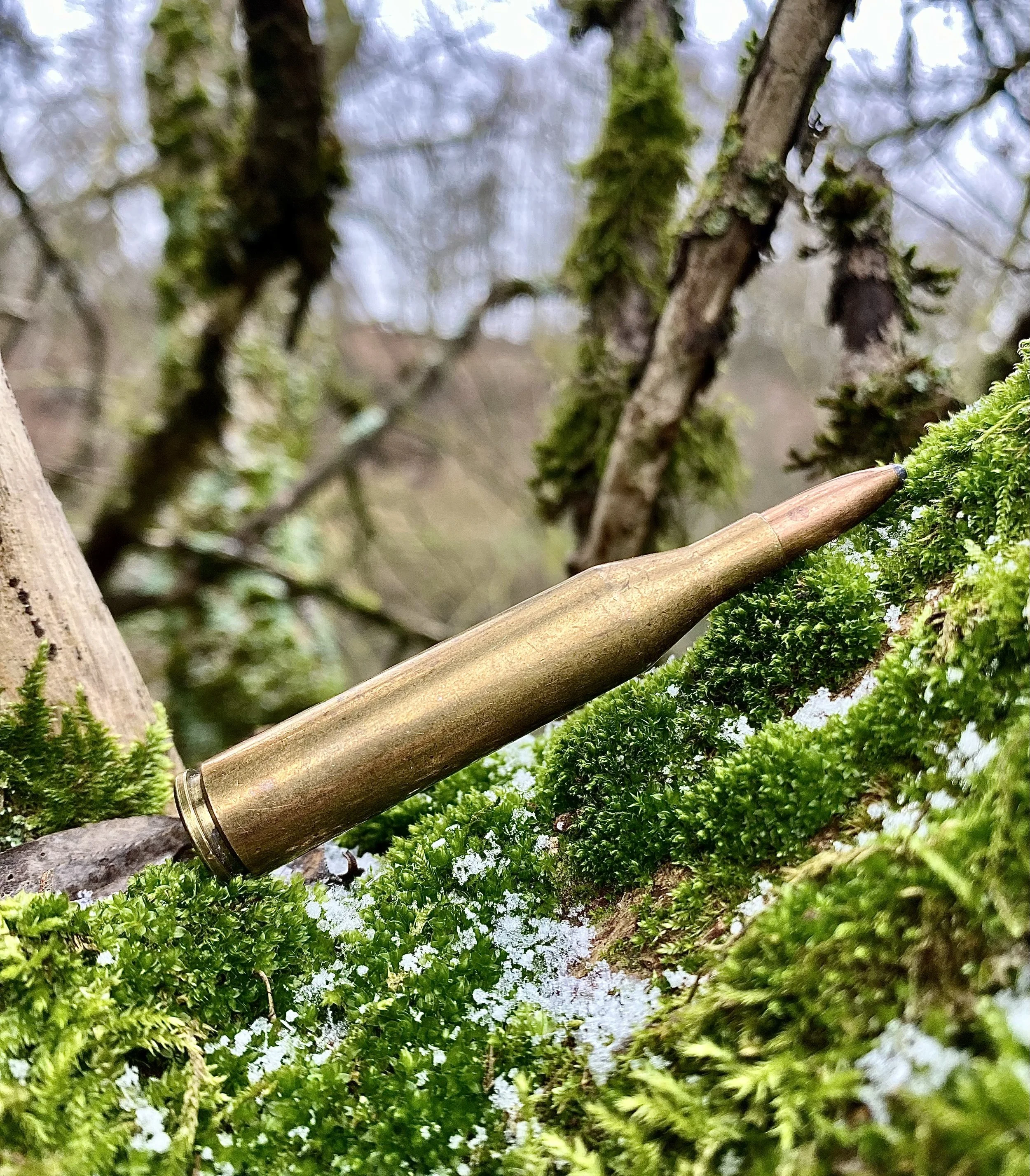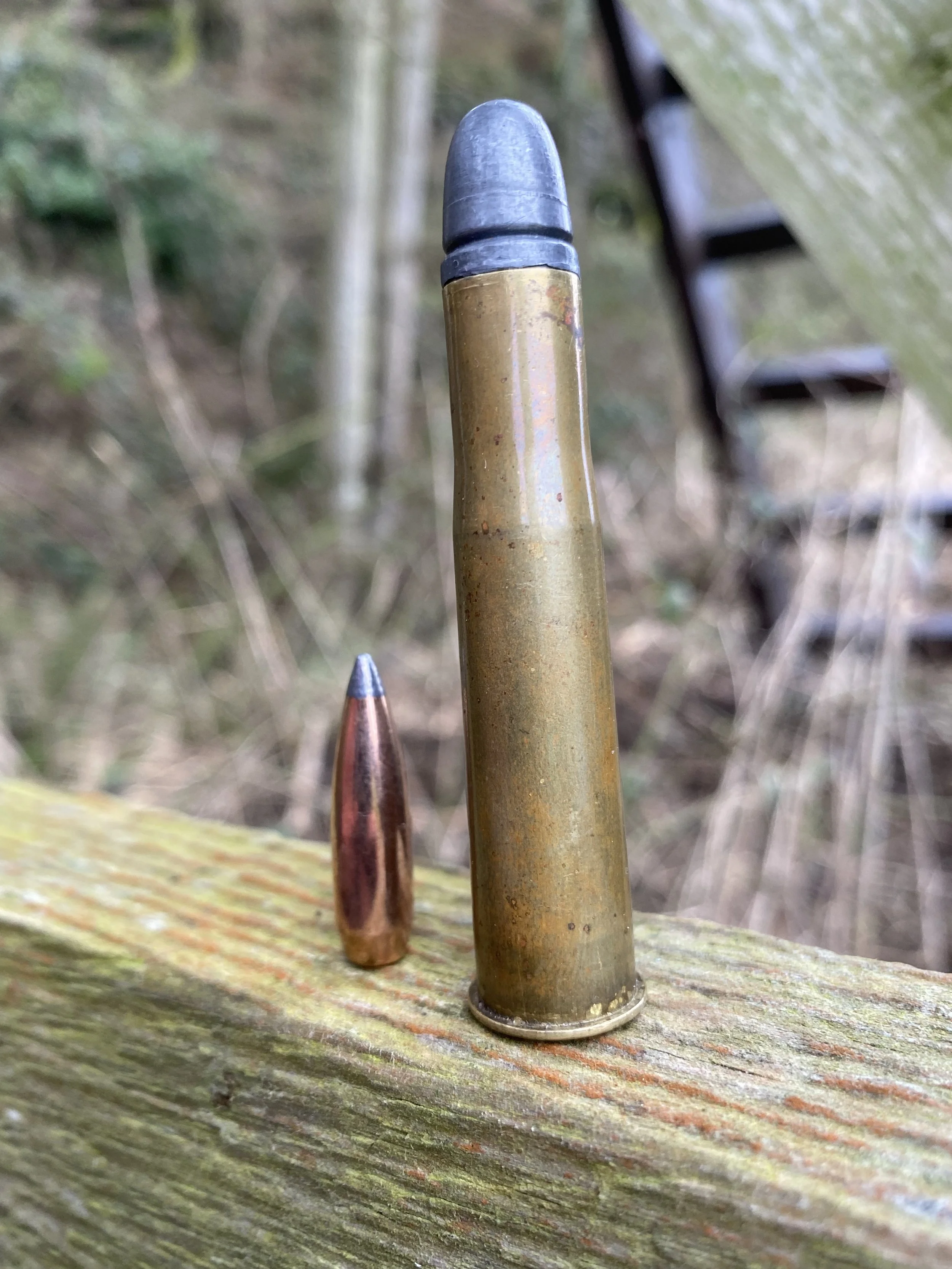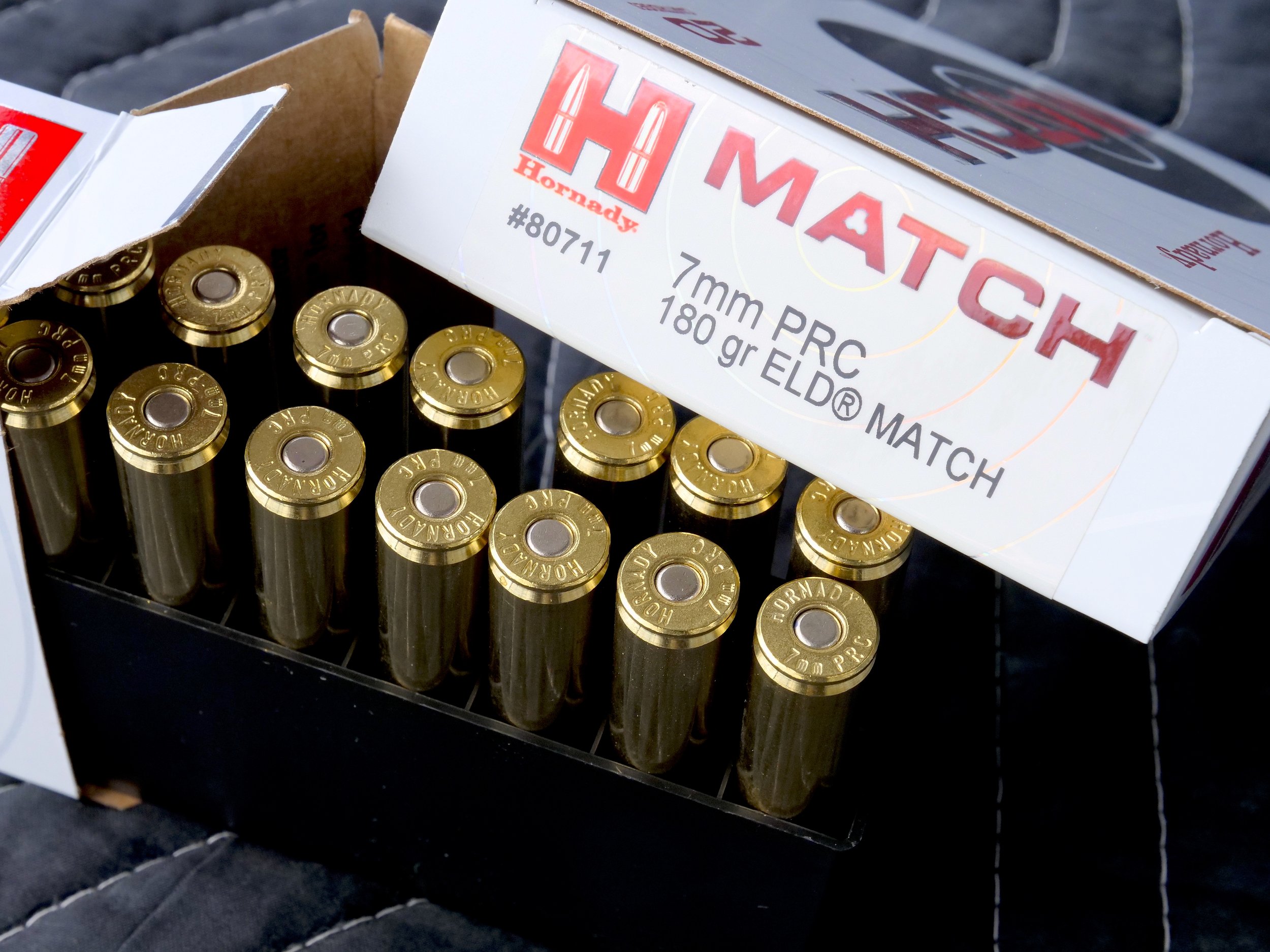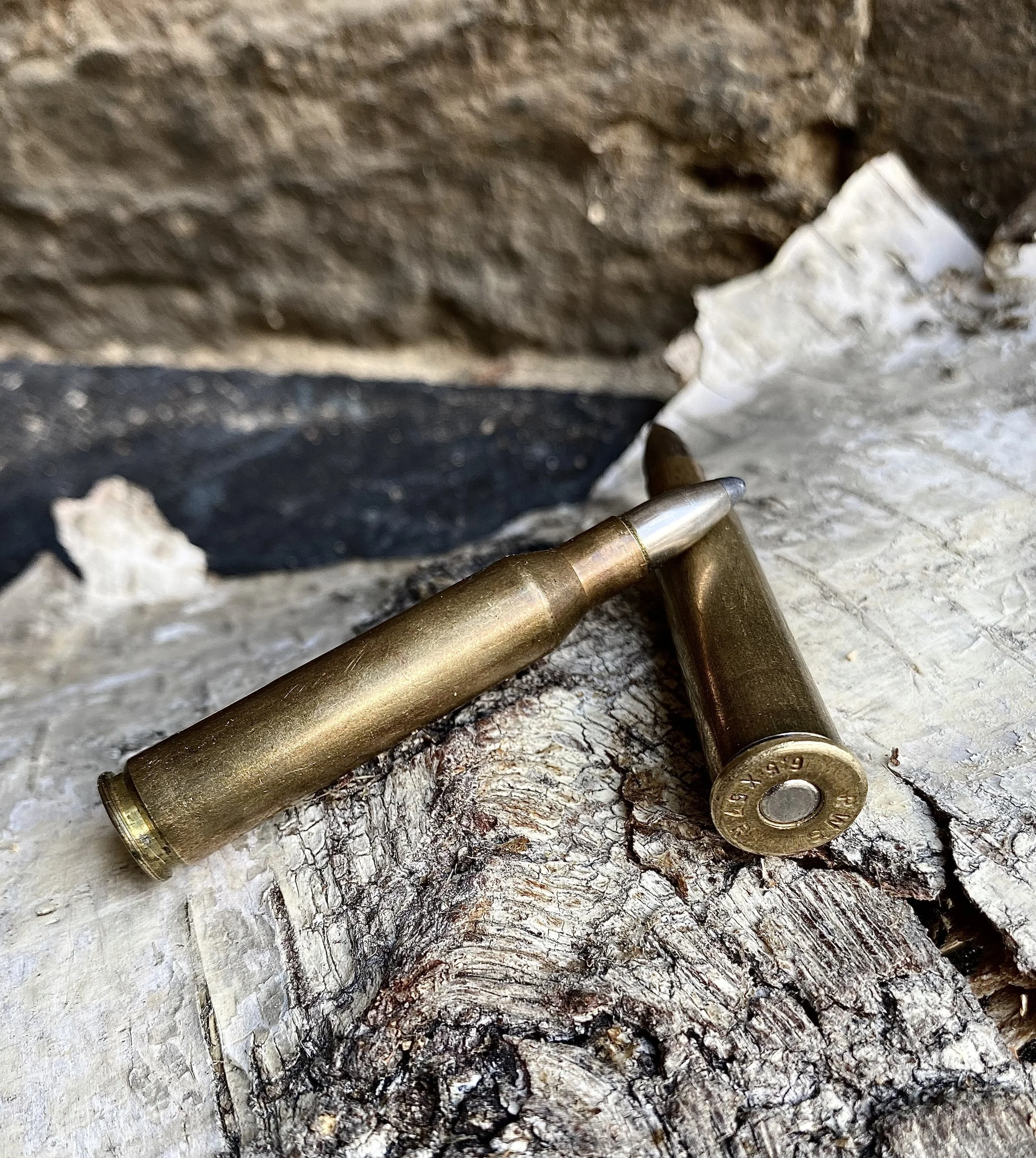300 WSM Snake Oil or Solid
The 300 WSM, or Winchester Short Magnum, is magic. Or so goes the advertising hype. This short, fat case is supposed to match the ballistics of the old, long 300 Win. Mag. while burning 10 percent less powder; cycling through shorter, lighter rifles; being inherently more accurate; recoiling less; and killing like lightning cross bred with the hammer of Thor.Well, sort of.While the 300 WSM, sprung on an unsuspecting public in 2000, is indeed one fine, efficient cartridge, its biggest magic is the enthusiastic press it has generated. Shooters were smitten when it first appeared and they remain so to a large degree. But is that justified?
The market is awash in 30-calibers. The 300 WSM ranks pretty high on the list despite its short stature. It’s 4th in from the right with the 300 Win. Mag just left of it.
The Changing Magnum Landscape
Perhaps. For decades our biggest, fastest magnums have been based on the long, belted H&H magnum case, which is the parent case for the 300 Winchester Magnum, the 7mm Rem. Mag., 264 Win. Mag., most of the Weatherby Magnums and more. All use the H&H .532-inch diameter head and .511-inch diameter body. The 300 WSM body is closer to the dimensions of the much fatter 404 Jeffery case. And, like the Jeffery, it has no belt.At its base the 300 WSM body spans .555-inch. It barely tapers over its 1.464-inch length to the start of its 35-degree shoulder. This creates a storage reservoir for a considerable quantity of powder in a cartridge with an overall length of 2.86 inches, just a smidge longer than the .308 Winchester. That means the 300 WSM does indeed cycle through short-action rifles, and those are always ballyhooed as being shorter, lighter, stiffer, and faster to run than standard- or magnum-length actions. All true. But of dubious value in hunting rifles.
I took this old, old eland bull with a custom Mauser action in 300 Win. Mag. shooting 165-grain Barnes TSX bullets. As I recall, one shot did the trick. I have no doubt a 300 WSM would have done the same.
All else being equal, a short-action rifle will weigh two to six ounces less than its equivalent standard-action (30-06 length.) Compared to a full-length, magnum-action (300 RUM, 300 Wby., 300 H&H Magnum, etc.,) the short-action should be six to eight ounces lighter. How much time is saved when bolting in a short-action follow-up shot? Who knows. Micro seconds. Once you get used to cycling your action, regardless its length, it’s no big deal. You can, however, get into trouble if your muscle memory is keyed to a short-action and you switch to a long. You might short stroke it and fail to bring a new round into battery. I did this once when switching from a 7mm-08 Rem. short-action to a 300 Wby. Mag. on an African kudu hunt. Fortunately my first shot proved fatal and the bull crashed while I was frantically trying to clear my jam. So there is an argument for consistency in action length if you own more than one rifle. But should you sell your beloved, accurate magnum-action rifle just to gain recycling speed? Your call. I wouldn’t.
A Kimber 8400 was primed and ready with some old Barnes blue-coated X-Bullets on a Brooks Range grizzly hunt. Unfortunately, the bears weren’t primed at all. They’d all followed the caribou migration out of our neighborhood. I believe that was a Leupold VX-3 4.5-14X but can’t tell for sure. Regardless the size, Leupold scopes have always been durable, dependable work horses atop my rifles.
The stiffness inherent in a shorter action can contribute to accuracy because it reduces vibrations and flexing. Flex in the action can result in slight bending of the bolt/breech lock-up and alignment of the cartridge in the chamber. Solid, consistent bedding of the action against the stock nullifies such flex. But you’re not likely to notice or benefit from this unless you’re trying to shave .001 inch off your target group.For hunting, don’t worry about it.That takes us to efficiency and reduced recoil…
Is 300 WSM A More Efficient Powder Burner?
It appears to be true that the .300 WSM is more efficient at extracting velocity/energy from its powder than is its longer magnum cousin. Handloading manuals call for 5 to 10 percent less powder in the WSM to match velocities in the 300 Win. Mag. This efficiency gain is usually attributed to more efficient burning in the short, fat, sharp-shouldered case. I guess that means the powder burns hotter or more completely with fewer unburnt kernels blown out the muzzle.
You won’t see this reduced powder charge reflected in factory ammunition prices, but if you handload and shoot hundreds of rounds a year, you can save a few dollars with the 300 WSM. The reduced recoil -- if Mr. Newton of apple-falling fame was correct in his prediction that for every action there is an opposite, equal reaction – will be slightly less in the WSM because there may be 5 to 7 fewer grains of powder. Personally, I don’t believe I can feel this difference, but many WSM lovers swear they do.
Long, heavy bullets are one category in which you'd imagine the 300 WSM would fall behind the 300 Win. Mag. Because the 300 WSM case is stretched about as far as it can be while still fitting a short-action, longer bullets must be seated into the powder space. Seating them farther out makes the cartridge too long to fit short-action magazines. But a careful look at several handloading manuals reveals the 300 WSM hanging right with its longer legged cousin when pushing 190- to 210-grain bullets. This is probably because the 300 Win. Mag. is also about as long as it can be while still fitting standard-length actions. Long bullets intrude into its powder space, too. If you want ultimate velocity with the heaviest .308 bullets, look to the magnum-length 300 RUM and 30-378 Wby. Mag.
Seen side-by-side, the 300 Win. Mag. and 300 WSM look like a comedy team primed for jabbing one another. In the ballistic world, however, the short, stubby 300 WSM hangs right with its long-legged cousin.
Yet another "advantage" of the 300 WSM is something it doesn't have: a belt. Shooters have been complaining about the belt around the head of belted magnum cases for at least 30 years. The theory is that this interferes with cycling and compromises accuracy by potentially mis-aligning the case in the chamber. Let me explain: the belt is not there to strengthen the case against all that "magnum" power. It's there for headspacing. It is designed to stop the case against a corresponding rim in the chamber. This holds it firmly against the bolt face for proper firing pin impact.
The 300 WSM (and most other rimless, bottlenecked cartridges) headspaces via the shoulder contacting the corresponding slope near the front of the chamber. Supposedly it is easier to get a precise alignment of the case/bullet with the bore if the headspacing is at the shoulder. If its back at the belt, the cartridge could cant slightly to mis-align the bullet with bore.
Based on the many sub-MOA rifles I've shot over the years in 257 Wby, 7mm Rem. Mag, 300 Win. Mag., 300 Wby., etc., I don't see this as a significant problem. Nor have I ever detected a snag, catch, jam, or hiccup when pushing belted cases from magazines to chambers. Not even in an auto-loading Browning BAR. (I realize Browning BAR is redundant, but some readers might not be familiar with Browning Automatic Rifle.) In short, I find the belt-less advantages of the 300 WSM more theory than reality. And, if you handload, you can minimally resize once-fired 300 Win. Mag. cases to headspace on the shoulder anyway.
So, yes, there's a bit of hype swirling 'round the 300 WSM, but even without it, this is a fine, efficient cartridge for throwing 150- to 210-grain .308 bullets at muzzle velocities running 3,300 to 2,900 fps respectively. That’s good enough for addressing anything short of elephants and I wouldn’t bet against it there. For North America the 300 WSM is a superb, no-questions-asked, do-it-all cartridge. A bit excessive for pronghorns and small whitetails, for sure, but, as someone once said, they can’t be too dead. A 150-grain spire point sighted at 200 yards will drop just 5.4 inches at 300 yards, 16 inches at 400 yards and carry 1,900 ft. lbs. at that distance. Elk, moose and grizzlies won’t like that.
Free recoil energy in an 8-pound rifle should be around 24 ft. lbs. Compare this to 19 ft. lbs. with the same bullet from a .30-06.
All things considered, the 300 WSM really is one heck of a cartridge. If you’ve been hankering for a .308 magnum, this could be it. If you already have a 300 Win. Mag. or Weatherby Mag., you won’t gain anything but lighter weight and the thrill of a new rifle. And that’s excuse enough for some of us.
Author Ron Spomer took his first game with the 300 WSM in 2000 and has since used it in pursuit of everything from Dall's sheep to elk.
















